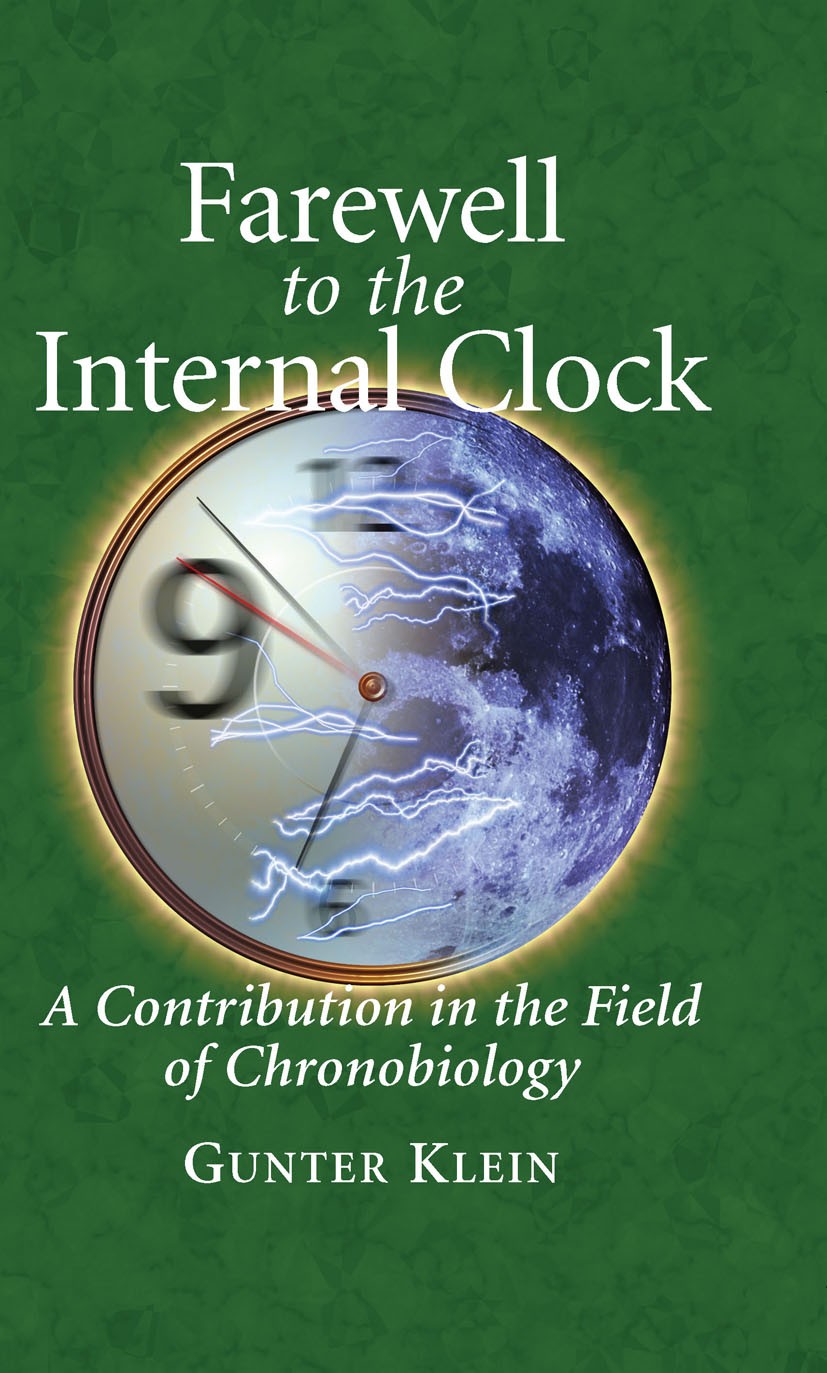| 书目名称 | Farewell to the Internal Clock | | 副标题 | A contribution in th | | 编辑 | Gunter Klein | | 视频video | http://file.papertrans.cn/342/341169/341169.mp4 | | 概述 | With the fresh perspective of a curious and insightful non-scientist, Mr. Klein examines the question of what force, time or tide, actually provides more influence over cellular biomechanics.Includes | | 图书封面 |  | | 描述 | Nearly everything making up what we call the “environment” of a plant has an infuence on the way it grows. Sunlight, te- perature, moisture contents of soil and atmosphere and vib- tions are all obvious examples of environmental components, and transient variations in their amount or intensity lead the plant to manifest more or less immediate responses. Small changes in carbon dioxide level in the atmosphere can even have effects, but these take a longer time to be registered – at least those that are visible, albeit at the microscopic level. Plants meet the challenges of the environment by means of acclimation. In this respect, plants are notable for the pl- ticity of their development. However, where morphological or physiological plasticity is no longer an option, the responses would be by means of adaptations as a result of genetic - lection or genetic “assimilation” (Waddington 1957). Thus, a feature that was once a facultative transient response to an environmental perturbation becomes a constitutive charac- ristic of plant structure or function. It is in this way that the environment continually molds the way in which plants de- lop, and also defnes the areas upon planet Ear | | 出版日期 | Book 20071st edition | | 关键词 | Chronobiology; WholePage; biomechanics; human beings; influence | | 版次 | 1 | | doi | https://doi.org/10.1007/978-0-387-69358-3 | | isbn_softcover | 978-1-4899-9195-9 | | isbn_ebook | 978-0-387-69358-3 | | copyright | Springer-Verlag New York 2007 |
The information of publication is updating

|
|
 |Archiver|手机版|小黑屋|
派博传思国际
( 京公网安备110108008328)
GMT+8, 2025-11-12 21:02
|Archiver|手机版|小黑屋|
派博传思国际
( 京公网安备110108008328)
GMT+8, 2025-11-12 21:02


